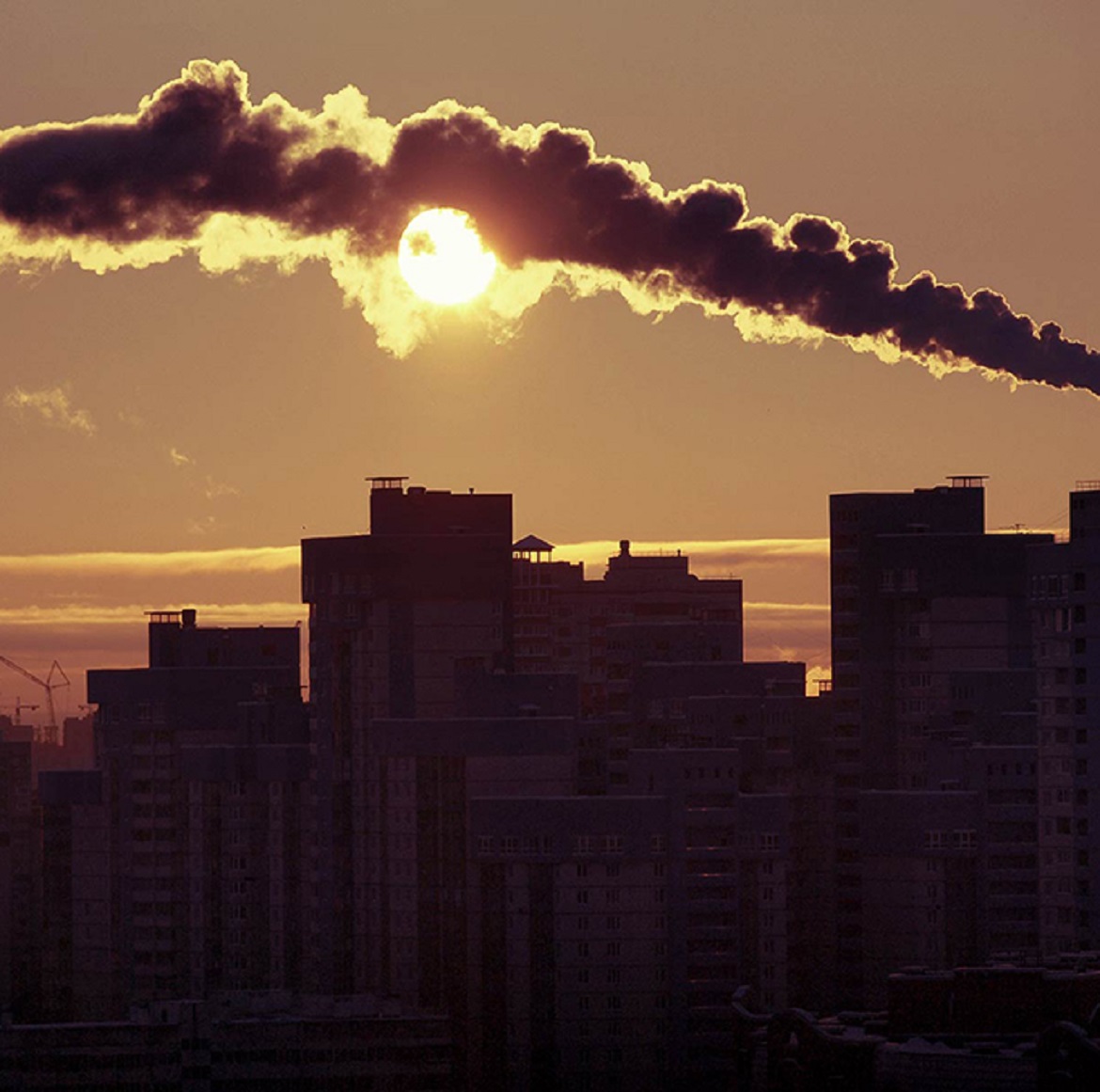Climate change is a tale of two tragedies: “tragedy of the horizon” and “tragedy of the commons”!
Of late, this is what we hear inevitably in most of the business and investor conferences on climate change and the Sustainable Development Goals (SDGs). These conferences also include four common buzzwords: i) urgent calls to action, ii) reports on isolated progress being made, iii) self-assurance that we will somehow limit global warming to 2°C above pre-industrial levels this century (not 1.5°C, that objective is not even discussed), and iv) dialogue on how to achieve the SDGs thanks to a growing “coalition of the willing”, trillions of dollars in economic opportunity and sustainable investment. They observe that fossil fuels, carbon intensive industry and “Big Ag” industries’ interests are main obstacles. Despite all the above, the conclusion, also inevitably, seems to be that a combination of voluntary action, free markets and self-policing by an enlightened private sector will somehow solve the problem. It will not!
Fossil-fuel interests first
The fossil-fuel industry (coal, oil and natural gas), which is too big a part of the problem, is too pertinent, including in the sustainability movement itself. They muddy the water, claiming that reductions in methane emissions, internal carbon pricing and carbon capture will do the trick. This is all a smoke-screen to provide cover so that they can continue to sell their carbon-intensive polluting products way beyond the 20% limit of their reserves—the limit to stay within 2°C warming. In other words, 80% of reserves must stay in the ground. Fossil fuels do not even need to defend the US$100+ they get as a subsidy from all of us for every tonne of carbon dioxide their products are responsible for (because it is not sufficiently discussed).
There is a way for fossil-fuel companies to prove they are serious about the climate. They need to adopt science-based targets (e.g. the so-called Carbon Law) and to accept and implement a carbon price of US$100/tonne which needs to be returned to society to cover for its costs of their pollution (thereby rightly internalising the externalities).
This should be how we engage with fossil-fuel companies, anything less and we are complicit and fossil-fuel companies leave themselves open to mass litigation to recover the US$5.3trn per year they owe to society (see below).
Climate change: A market failure
Voluntary action is insufficient, and markets are not as free, complete and efficient as they should be. Climate change is in fact the biggest market failure (or absence) of all times.
Why? Because producers have not had to pay for the cost of the use of fossil fuels since they were first extensively used in the industrial revolution. In 2015 this free ride cost humankind US$5.3trn, according to an IMF paper. In other words, instead of the polluter paying we are all paying for the polluter’s costs to society of pollution (about US$100 per tonne of greenhouse-gas emissions, or $730 per capita)
US$5.3trn (about 6.5% of global GDP) is 20 times what was invested in renewables in 2016 and about 80% of what the world spends on health. Public and private-sector leadership on climate change and the SDGs (which will all be unattainable in a warmer world) means truly implementing a price on carbon. The price can be through a cap and trade or levy system, but the litmus test is that money changes hands between those that pollute more and those that pollute less or don’t at all. The income from such a carbon price can be returned equally to the people or invested in high-priority investment areas, such as education, healthcare, climate-change adaptation, green infrastructure or climate-smart agriculture. Carbon pricing can be introduced progressively, starting lower and increasing over time; it could also be introduced as a border charge on carbon-intensive goods. The important point here is that it must be introduced quickly to correct a market failure, level the playing field between polluters and non-polluters and avert catastrophic climate change.
A tale of two tragedies
The carbon price overcomes many arguments and obstacles to the 1.5°C target and the SDGs. The “tragedy of the horizon”, whereby markets’ short-termism prevents integrating long-term risks and opportunities that are “over the horizon”, would cease as carbon becomes a real cost of a corporation’s profit and loss statements and weighs on its balance sheets (as stranded assets). Investors would avoid “carbon-heavy” companies that are not decarbonising their products and services.
The curtains would also close on the “tragedy of the commons” as individuals and companies would pay the price of depleting resources and would not be economically advantaged over those that do not. World socioeconomic and climate interests would be better-aligned with the private sector, climate-change risks and opportunities would be correctly priced, and the risk of litigation drops (as corporations pay for the pollution they cause).
Perhaps the most important argument of all is that a reliable carbon price increases corporations’ (that embrace it) competitiveness and helps prepare for the post-carbon economy that we are inexorably marching towards (if the 195 signatories of the Paris Agreement are right).
The views and opinions expressed in this article are those of the authors and do not necessarily reflect the views of The Economist Intelligence Unit Limited (EIU) or any other member of The Economist Group. The Economist Group (including the EIU) cannot accept any responsibility or liability for reliance by any person on this article or any of the information, opinions or conclusions set out in the article.




